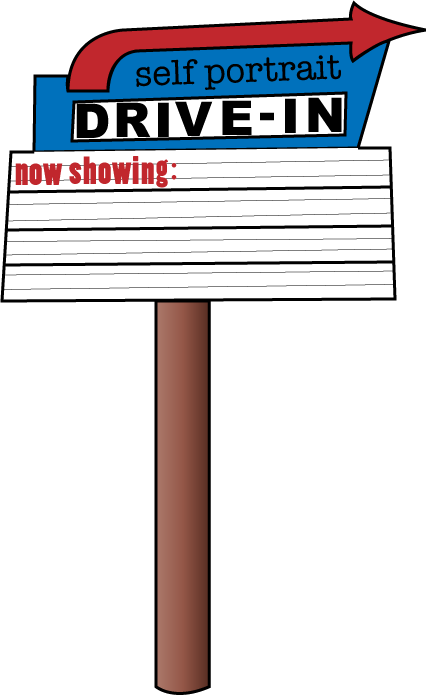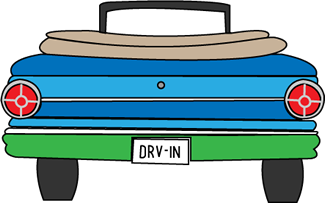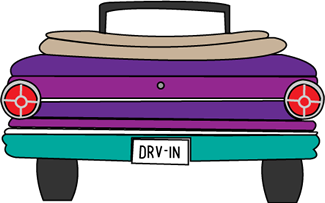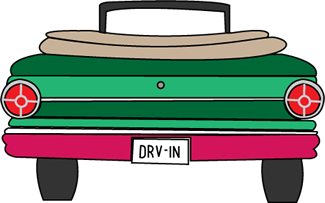essay
In our english class we were asked to write and essay that served as a personal statement. as this website demonstrates, I have a love for old movies as showcased here in my essay I wrote about Charlie Chaplin's City Lights. Click on the media below to listen to a podcast version of the essay, created using garageband.
In Charlie Chaplin’s City Lights, we can clearly see a showcase of some of the most beautifully choreographed scenes in cinema. The masses of people deliberately work both in and out of sync with Chaplin, the tramp and the outcast, allowing the contrast between Chaplin and the city to become clear. The movements in City Lights also serve to isolate Chaplin into his social class using both physical and figurative separation on the screen. He appears to move through the movie with little care, his expressions showing his delight and a love for the little things in life that is not expressed in the socialites in the same way; thus his lowered social status allows him a different kind of mobility.
When we first see the tramp on the street, the contrast between him and the crowds of the city are made extremely clear. Conducted by the traffic cop, each individual walks hurriedly toward his or her destination, but they do so with a sense of purpose and meaning. As Chaplin walks into the scene, he does so at a stroll, twirling his cane. His walk alone distinguishes himself, his feet positioned slightly outward gives his stride a waddling, penguin-like quality, adding to his personal originality. He is not only physically separated from society by being presented in the foreground of the frame while the masses swarm behind him, but their styles of movement are so different it is impossible to think of them in the same category. Everyone else has a fixed routine and a steady life, whereas the tramp is more of a wanderer. In a way, he freed from society’s constrictions in that he can do as he pleases as a free spirit, but also constrained by society, as others will always be looking down on him.
The scene develops to show the masses in the background, with a clear geographic separation between them and Chaplin. Chaplin is walking without purpose down the road when he stops to ponder a statue in a window. The sheet of glass protecting the statue, a figure of a woman, literally puts a boundary between Chaplin and her, implying that his is free to look upon, but not to be a part of what he admires. The frame of the shot itself rarely moves, leaving Chaplin to move only within the constrictions of the limited screen space, furthering the idea of pressing conformity. The tramp next begins to admire the statue from both near and far, stepping forward and back in time with and elevating and descending construction platform in the sidewalk. The two appear as a type of tango, a give and take between the two until Chaplin misses a step and falls into the elevator. As he clambers out, another man begins riding up the elevator as Chaplin begins arguing and blaming the man for his fall. Chaplin is clearly looking down on him while the construction man continues to rise. Soon the man is at eyelevel, and Chaplin looks as if he is about to consider his plaguing of the man, but it is not until the platform in fully raised and the man is revealed to be considerably taller than Chaplin that Chaplin rapidly discontinues his argument and departs the scene. This interaction can be applied to social hierarchy by saying that as the man rises up the platform, or social levels, Chaplin is no longer fit to take issue with him.
In the scene where Chaplin goes with the millionaire to the restaurant. As he begins to walk across the floor, he slips and needs to be helped across by the millionaire and the waiter, his two legs seem like twenty and he scrambles and slides to his chair; his legs, apparently like his thoughts, going in all directions. Throughout the dinner scene, he fails to do anything right, though none of it intentional. The camera moves through the sea of dancing shoes, all moving so happily, when suddenly we see a pair of feet tapping the floor. As the camera tilts up, we see that it’s Chaplin, sitting in anxiety, watching others dancing and having fun while he is forced to sit on the sidelines, showing that even when he is dressed up in a new suit he will always be an outcast. One of the few moving shots in City Lights, it accentuates the contrast even more. When he does attempt to join society, his spontaneous dance is so jarringly different from the normal dancing of the surrounding socialites, and he succeeds only in disrupting the dance floor, rather than being accepted into it, as he was obviously hoping for.
As the film is silent, most of the meaning in found in the actors’ pantomimed movements. Chaplin proves that body language can be just as powerful as dialogue. Chaplin movies alone, separate from the routine city life of the rest of the world around him. As it is clearly not social convention for a socialite to give unexpected help to tramps (the millionaire only lends a hand to Chaplin when he is drunk and clearly forgoing many customs his sober self does not allow) Chaplin’s social status gives him free range to show humanity towards a person in need (the blind girl). In not having any reputation or status, he has none to loose, leaving him free to stand and stare at statues and blind flower girls, to randomly enter into a boxing tournament or become a street janitor. While other wealthy people’s lives seem predestined or directed for them by someone else, as with the traffic cop, his is perfectly at liberty to live and do whatever comes to mind, whatever his humanity steers him to do.




